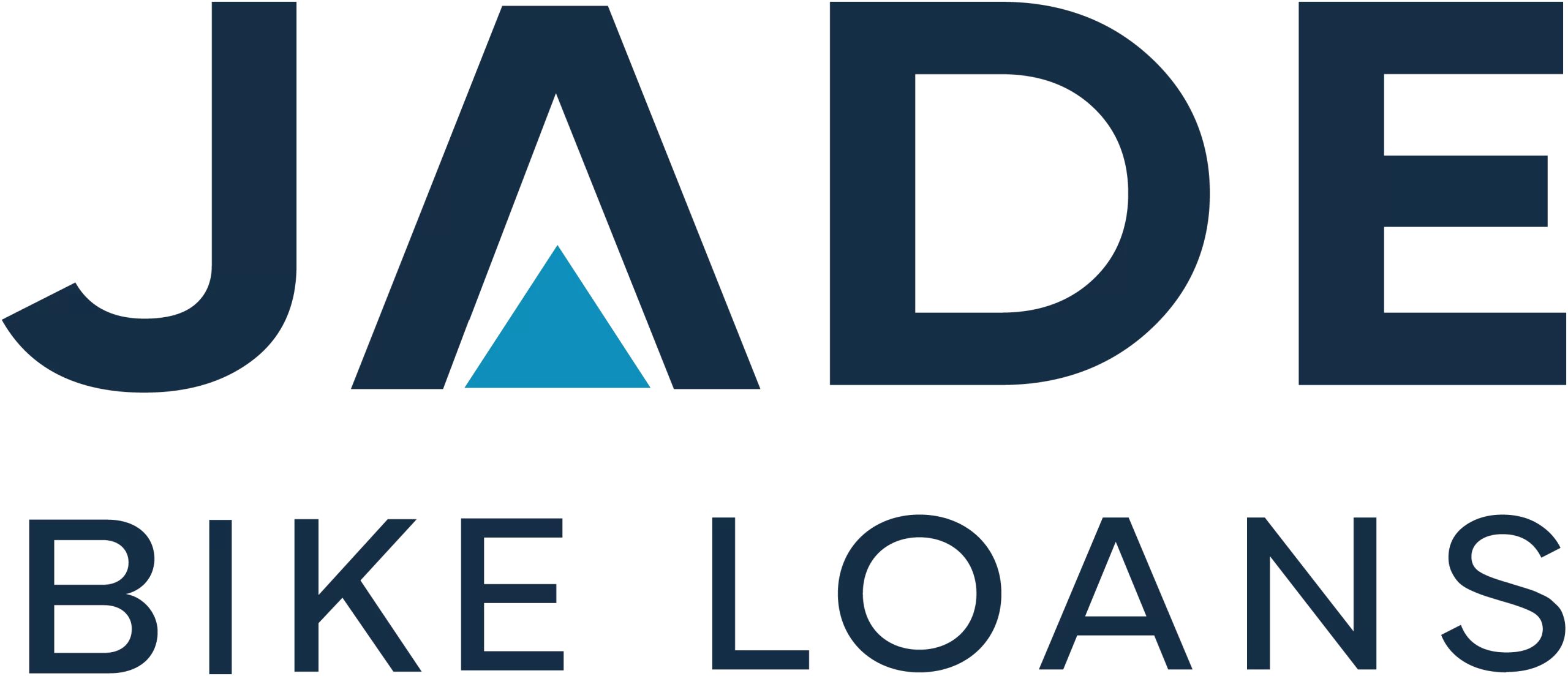You may have heard or read the headline that Treasurer Jim Chalmers has forecast that inflation could reach as high as 7.75% by the end of the year. If you don’t usually pay much attention to economic data and statements, this might have passed you by unnoticed. But no doubt the rising prices on man goods and services have not gone unnoticed. If you’re planning to purchase a new motorbike with finance, then it may be worth noting the effect of inflation on motorcycle loan interest rates.
Economic data, especially the rate of inflation and unemployment figures, are the key indicators that the Reserve Bank of Australia (RBA) Board considers when making decisions on interest rates. So the recent results for the June quarter released by the Australian Bureau of Statistics (ABS) are of particular significance to the lending sector.
To assist those planning to apply for motorbike loans, we update on the latest inflation rates and forecasts and how these economic indicators impact motorcycle loan rates.
The ABS released the June quarter inflation data last week and revealed that Australia’s Consumer Price Index rate of inflation had hit 6.1%. The increase for the quarter of 1.8% was slightly lower than the 2.1% recorded in the quarter to end of March 2022. But is still the second biggest increase for a quarter for more than 20 years. And inflation is expected to increase further, as forecast by Treasurer Chalmers during the latter part of 2022.
Soaring inflation is being experienced on a global basis and is being attributed to a number of issues around the pandemic, supply and the effect of the war in Ukraine on global fuel prices.
The major points in the 27 July statement from the ABS include:-
- Currently 6.1% inflation. Rate at 4.9% with the exclusion of significant price rises and falls, which is normal calculation process.
- These figures represent the highest inflation figures dating back to 2003 when the Bureau started publishing this data.
- Fuel price rises and increased housing construction costs are two of the main drivers.
- Goods price rises accounted for 79% of the increase due to increased costs for freight as well as restricted supply not meeting the high demand for goods.
- Price of fuel rose for the eight consecutive quarter with the pressure on prices flowing through consumer markets.
- Demand being driven by easing of pandemic restrictions both locally and globally. Oil pricing seriously impacted by war on Ukraine.
- Non-food as well as food items recorded increased prices over the quarter. This is seen as a result of supply chain disruptions as well as increases in transport costs.
- Shortages in the labour market and the impact of floods contributing to increased price of food locally.
- Less price rises were recorded for services compared with goods.
Pressure on RBA
As mentioned above, the RBA considers inflation data when the Board makes decisions to increase or decrease the official cash rate. Inflation rates started soaring in late 2021 when COVID restrictions started to be lifted. But the RBA said it was remaining patient and left the cash rate steady at the historic 0.1% through to May 2022.
Since May 2022, the RBA has lifted the cash rate on three occasions by a total of 1.25%. In the July statement, the RBA Governor indicated further rises would be in order. But that the amount would be guided by the data. These latest inflation figures are seen as adding further pressure on the RBA Board to make a further, possibly substantial, increase at their 2 August meeting.
Following the release of the employment figures earlier in July which has unemployment at 40 year record lows, some economists were forecasting a 1% rate rise in August. But following the release of these latest inflation figures, the general predictions appear to expect a rise in the 0.5% range.
This alone would mean the cash rate would be 1.85%, the highest it has been since 2016.
Effect on Motorcycle Loan Rates
The cash rate set by the RBA is not the interest rate applicable to motorcycle loans. But it does effect bike loan interest rates. Lenders use the cash rate essentially as a starting point from which to set their own rates. As the RBA raises the cash rate, as we’ve seen in recent months, lenders respond with increases in their own rates across the lending markets.
So inflation soaring is certain to lead to further rate raises by the RBA and further increases in motorcycle loan interest rates. While the RBA will be under pressure, so will those seeking motorcycle loans. Pressure to achieve the cheapest interest rate loan on the market.
Rates do vary across the bike loan market, as can be seen in our lender comparison chart. So when the RBA next acts on rates, it could be expected that we will see our lenders increase their rates. By working with us to source motorcycle finance, our customers enjoy being able to access the cheapest rates available at that particular time, from across a vast choice of lenders.
Achieving the cheapest interest rate is extremely important for achieving the cheapest monthly repayments. Using our Motorcycle Loan Calculator, buyers can easily see how even a slightly higher rate results in a higher monthly repayment.
The forecast is for further rises in inflation and rates. Securing a fixed interest rate motorcycle loan at the cheapest rate on offer can ensure the loan will be protected against increases over the term of the loan.
To discuss your motorcycle loan options contact Jade Bike Loans at 1300 000 003
DISCLAIMER: IN REGARD TO ANY ERRORS OR MISREPRESENTATIONS IN THIS MATERIAL, NO LIABILITY IS ACCEPTED. THE DETAILS, CONTENT AND DATA ARE PRESENTED PURELY FOR GENERAL INFORMATIONAL PURPOSES FOR MOTORBIKE BUYERS AND THOSE SEEKING MOTORCYCLE LOANS. THIS IS NOT INTENDED AS THE SOLE SOURCE OF INFORMATION FOR FINANCIAL DECISIONS. IF SPECIFIC ADVICE IS REQUIRED AROUND FINANCIAL DECISIONS, READERS SHOULD SEEK THEIR OWN FINANCIAL ADVISOR.


